Africa 2018
We spent 2 days on the Rovos Rail train from Cape Town to Pretoria.
The Rovos Rail train is advertised as the most luxurious train in the world. They certainly make sure you are treated well.
Instead of meeting you at the train station, they have their own lounge in a building across the street. You are offered champagne and appetizers while you wait in the well-appointed lounge. The owner of Rovos Rail, Rohan Vos, personally greets everyone and shares some info about the train and what to expect. We were then escorted
karen.baldock
16 chapters
16 Apr 2020
Rovos Rail Train
February 26, 2018
|
Cape Town to Pretoria
We spent 2 days on the Rovos Rail train from Cape Town to Pretoria.
The Rovos Rail train is advertised as the most luxurious train in the world. They certainly make sure you are treated well.
Instead of meeting you at the train station, they have their own lounge in a building across the street. You are offered champagne and appetizers while you wait in the well-appointed lounge. The owner of Rovos Rail, Rohan Vos, personally greets everyone and shares some info about the train and what to expect. We were then escorted

by the Hostesses to our suite on the train car. There are 17 cars and 52 passengers. They give us a list of all the guests and we were the only ones from North America. We waited to meet our hostesses assigned to our car. There are 3 staterooms which 2 hostesses look after. We were asked to wait in our rooms to have personal instruction about the amenities and features of the stateroom. I think they have thought of everything including goggles so you can open your window and stick your head out without fear of getting something in your eyes. They will do your laundry and pressing so we took advantage of the service to get us through the rest of the trip.
The first afternoon was spent exploring the train and watching the dry flat African scenery. We did a quick tour stop in the small town of Matjesfontein.
We had an interesting conversation with the train manager, Daphne, about how the train gets turned around to go back to Pretoria from Cape Town since the configuration of the cars suggests that must be the case. They disconnect the engine car and take it to the back of the train. They then have to drive 20 km to a place where there is a loop that enables them to push the train back into the Cape Town station.
After an excellent dinner with way too much wine, we viewed the Southern night skies from the open car at the back and headed off to experience sleeping on a train. Not a very restful sleep as the train rocked and stopped and started. They had advised on their website that they stopped at night to allow for sleeping but they didn't. There must have been some reason for having to catch up some time by driving overnight. Apparently due to places where there is a single track shared by many trains, they have to stop at specific spots with

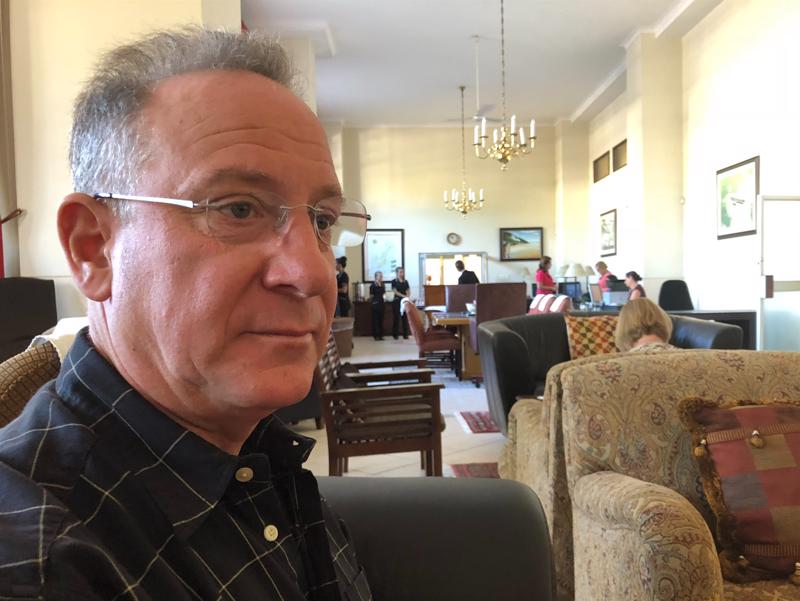

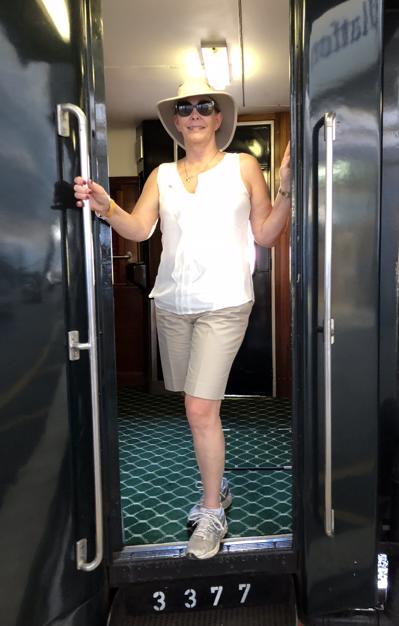
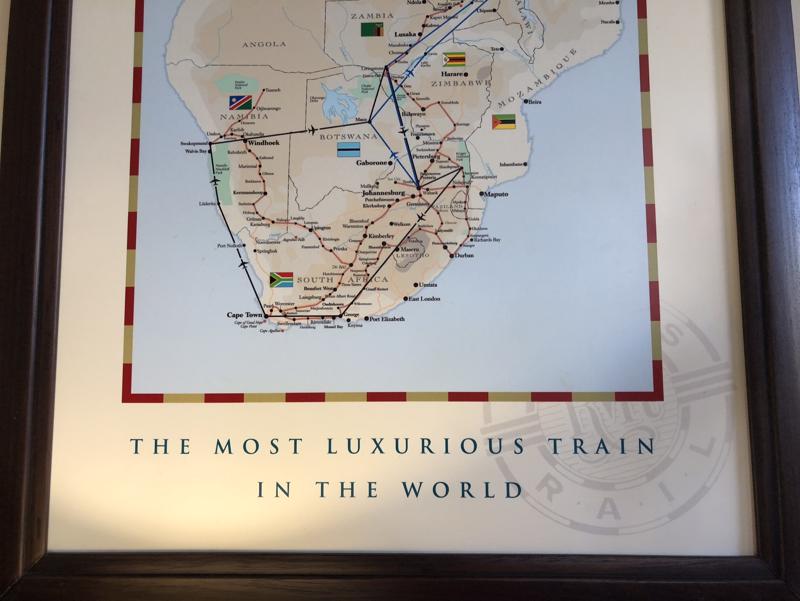
sidings to allow another train to pass.
Day 2 on the train
Today was a consistent view of dry flat African landscape with very little vegetation. Lots of long flat-top mountains in the distance. Gigantic ant hills every few feet. Hydro poles that are not connected and the wires hanging down. Old style windmills near water holes and cattle grazing with no apparent farm nearby. We occasionally went through a town with what is called “townships “. The government builds community housing projects which by our standards we would consider slums. The small buildings consist of scrap metal for walls and ceilings. Some have a water heater on top that is a large canister that gets heated by the sun and then has pipes that go into the roof to connect to their plumbing. There is always a wall between the houses and the train tracks and I gather it is an African norm to toss garbage over the wall rather than dispose of it elsewhere. Not a pleasant sight.
I used the downtime to finally get caught up on my diary entries but there is no internet to upload, so I have to do that when we get to Johannesburg.
Our only tour-stop today was the city of Kimberley which is the site of a very large diamond mine. They have mined over 14 million carats of diamonds there. It is no longer an active mine, just what they call The Big Hole is left. They are starting to mine the tailings that contain industrial quality diamonds. Since the 1950’s demand and prices have increased and industrial quality diamonds can be easily extracted in what was originally thrown away as waste ore.
Just outside of Kimberley we passed a large lake that is home to
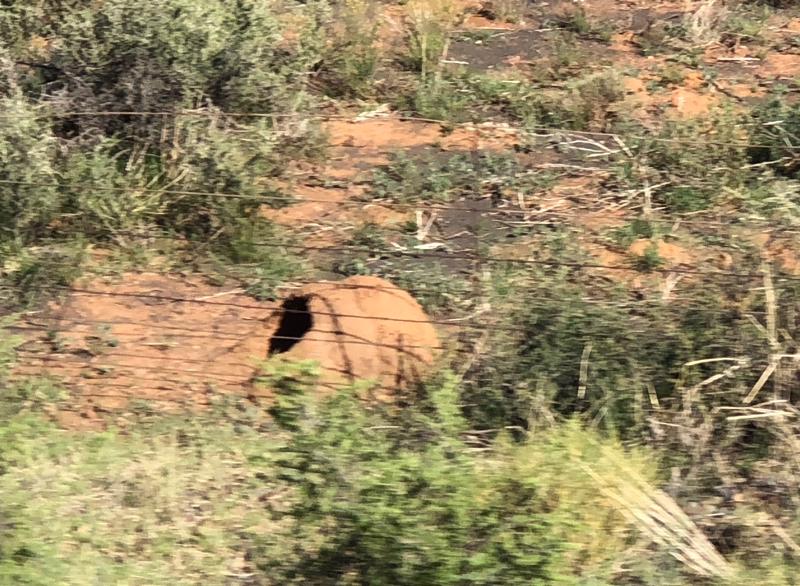

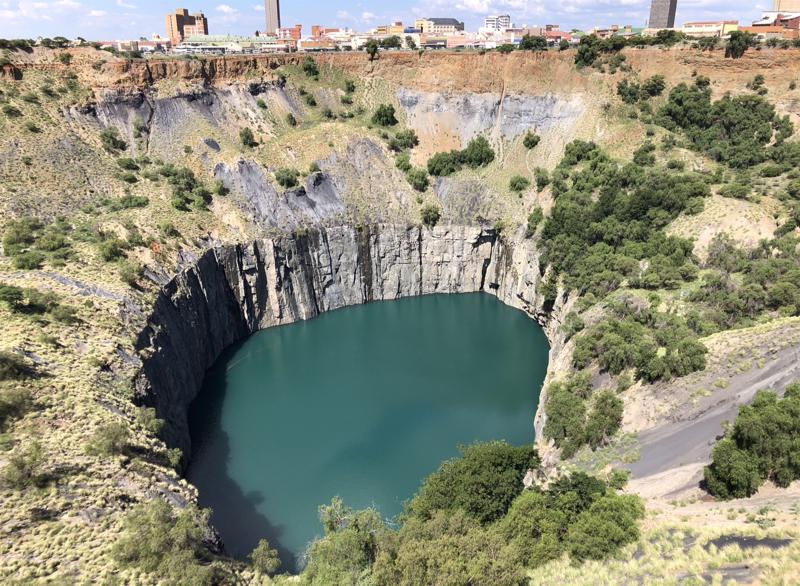
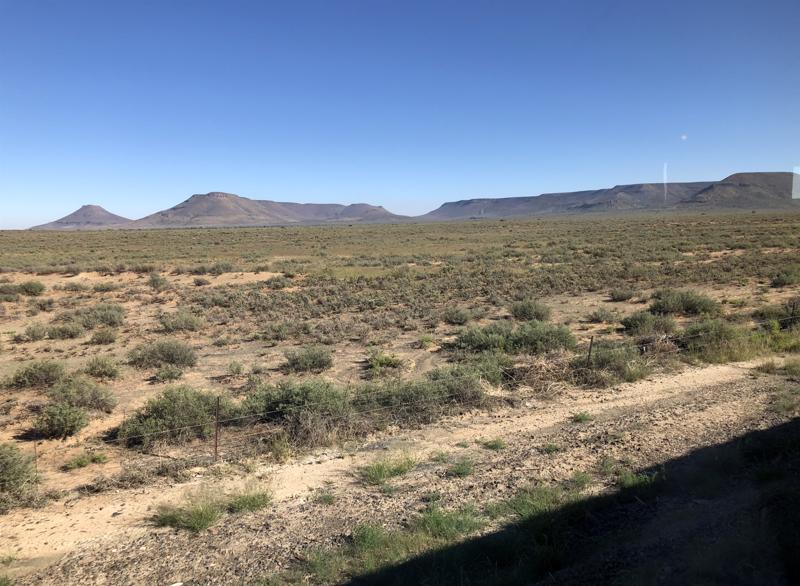
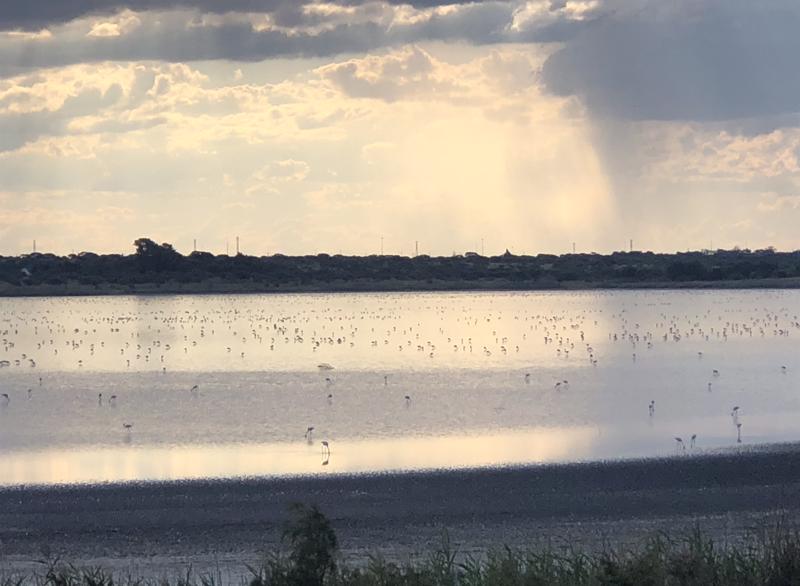
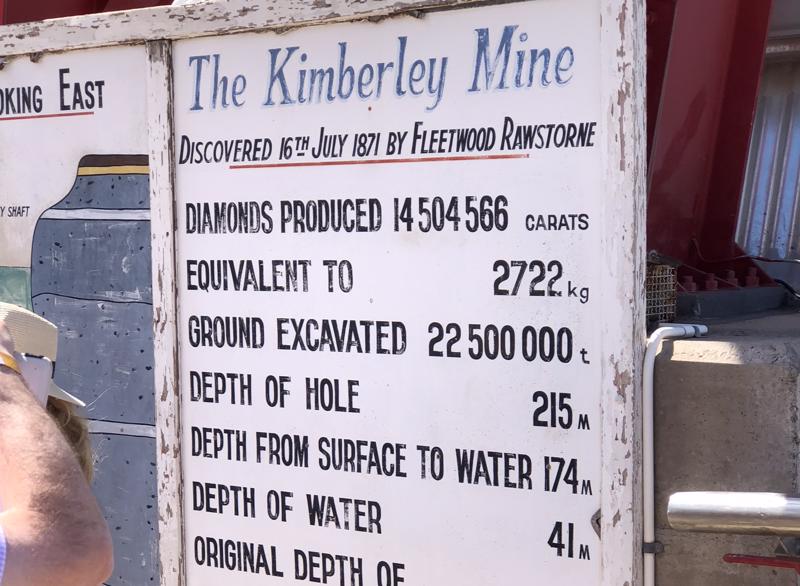
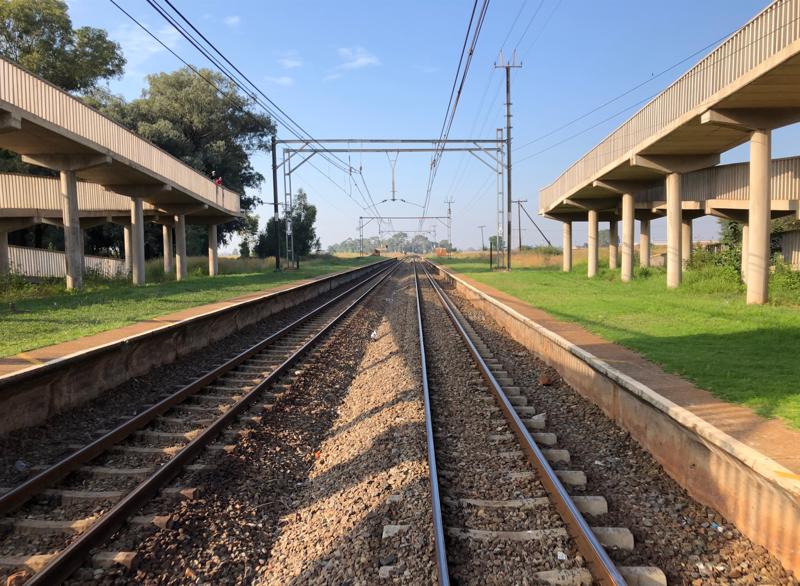
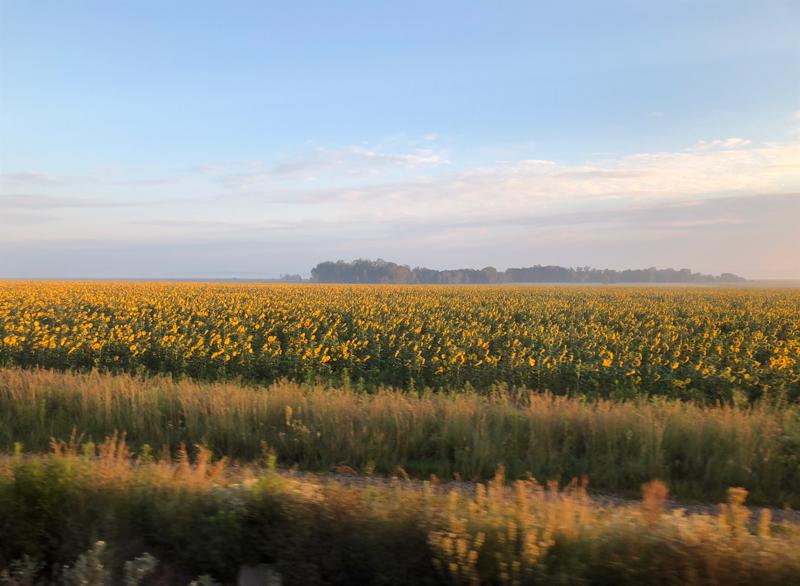
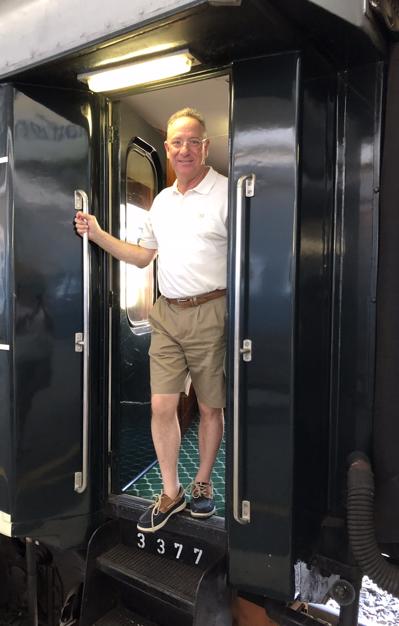

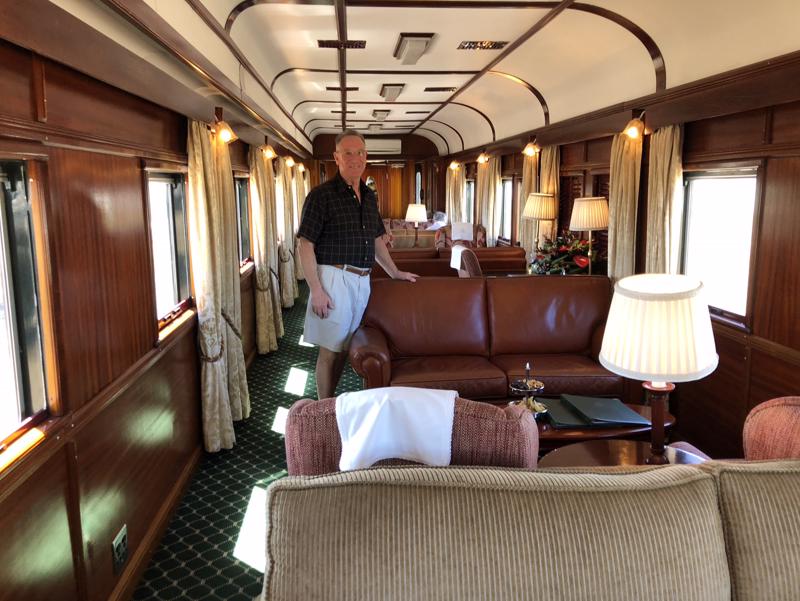
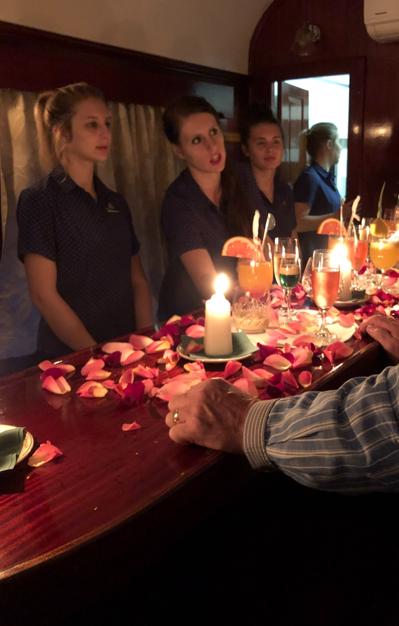

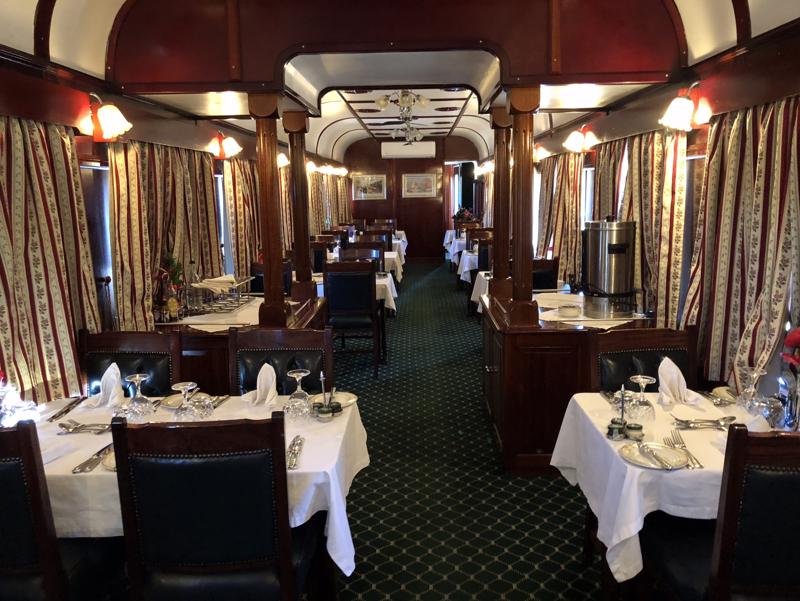
around 23,000 flamingos.
Another relaxing afternoon of watching the scenery, drinking sparkling wine, conversations with fellow passengers and an amazing dinner.
The train did stop for a couple of hours through the night and we got a bit better sleep.
1.
South Africa 2018
2.
Orillia to Amsterdam
3.
Amsterdam - Diamonds are forever
4.
Touring Amsterdam - trains, boats and bicycles
5.
Relaxing In Lisserbroek
6.
Flight to Cape Town
7.
Cape Town City Tour
8.
Where the Atlantic and Indian Oceans meet
9.
Wine Country
10.
Rovos Rail Train
11.
Arrival in the north part of South Africa
12.
The Smoke that Thunders
13.
Back to South Africa
14.
Off on Safari
15.
Travels back to Holland
16.
The Final Flight Home
Share your travel adventures like this!
Create your own travel blog in one step
Share with friends and family to follow your journey
Easy set up, no technical knowledge needed and unlimited storage!